It never really seemed probable that Joseph Cornell (1903–72) would become an artist. He could not draw, paint or sculpt. He received no formal artistic education, worked a string of blue-collar jobs to support his mother and disabled brother, and rarely travelled far beyond the family home on Utopia Parkway in Flushing, New York. And yet, tucked away in its cramped basement, he assembled one of the most remarkable and original bodies of work of any artist in the 20th century…Continue reading Jasper Sharp’s introduction, from the July/August issue of Apollo.
Preview the exhibition below | The Top Five Exhibitions Opening This Week
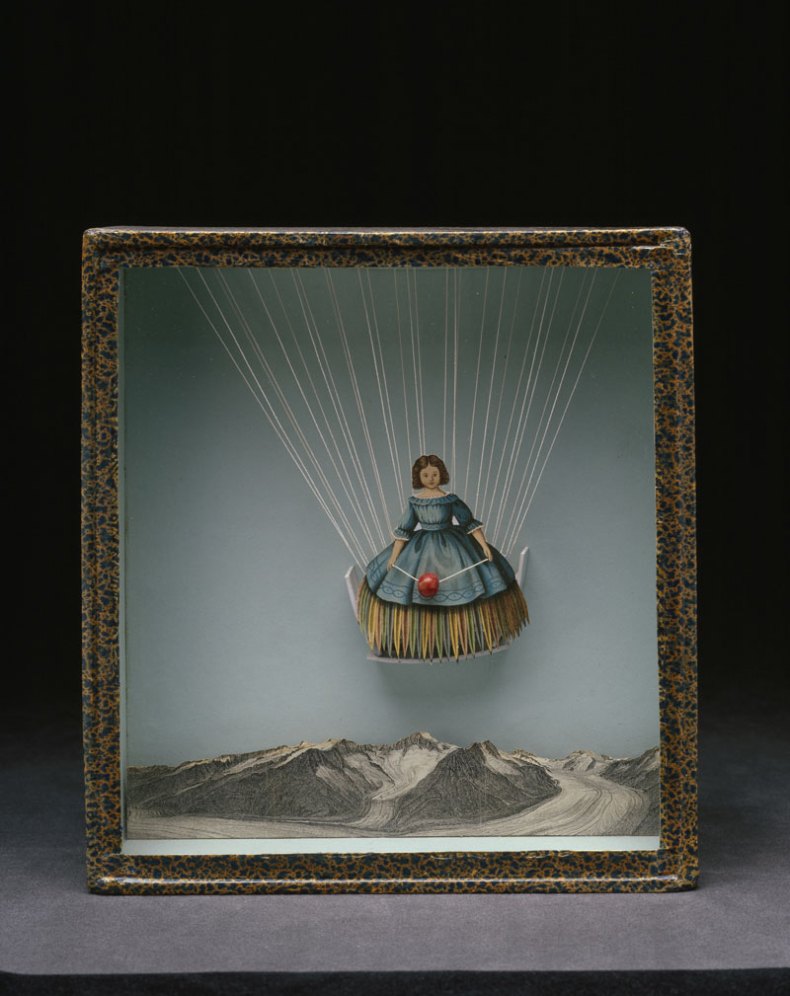
Box Construction (c. 1935-38), Joseph Cornell © The Joseph and Robert Cornell Memorial Foundation/VAGA, NY/DACS, London 2015. Photo: The Robert Lehrman Art Trust, courtesy of Aimee and Robert Lehrman. Photography: Quicksilver Photographers, LLC
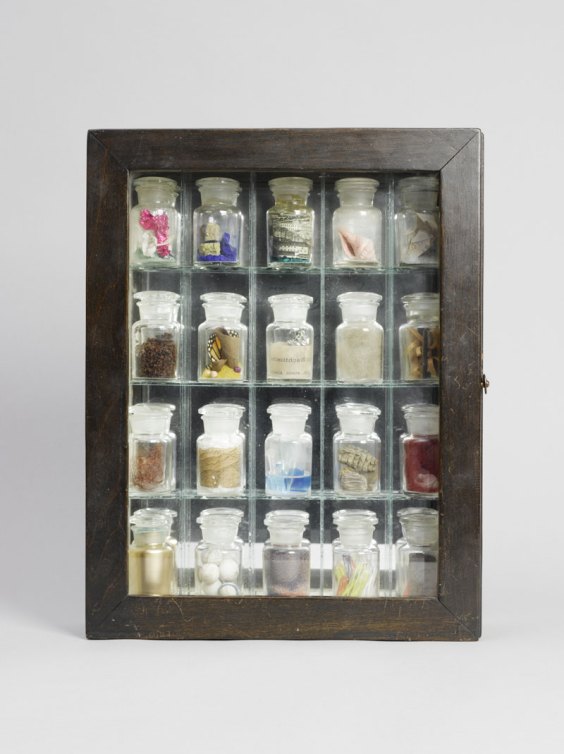
Pharmacy (1943), Joseph Cornell © The Joseph and Robert Cornell Memorial Foundation/VAGA, NY/DACS, London 2015. Photo: Dominique Uldry
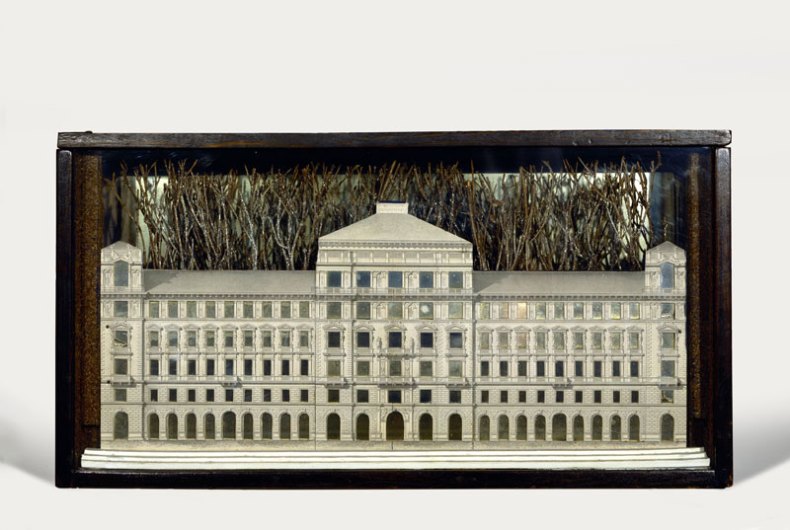
Palace (1943), Joseph Cornell. © The Joseph and Robert Cornell Memorial Foundation/VAGA, NY/DACS, London 2015. Photo: The Menil Collection, Houston. Photography: Hickey-Robertson
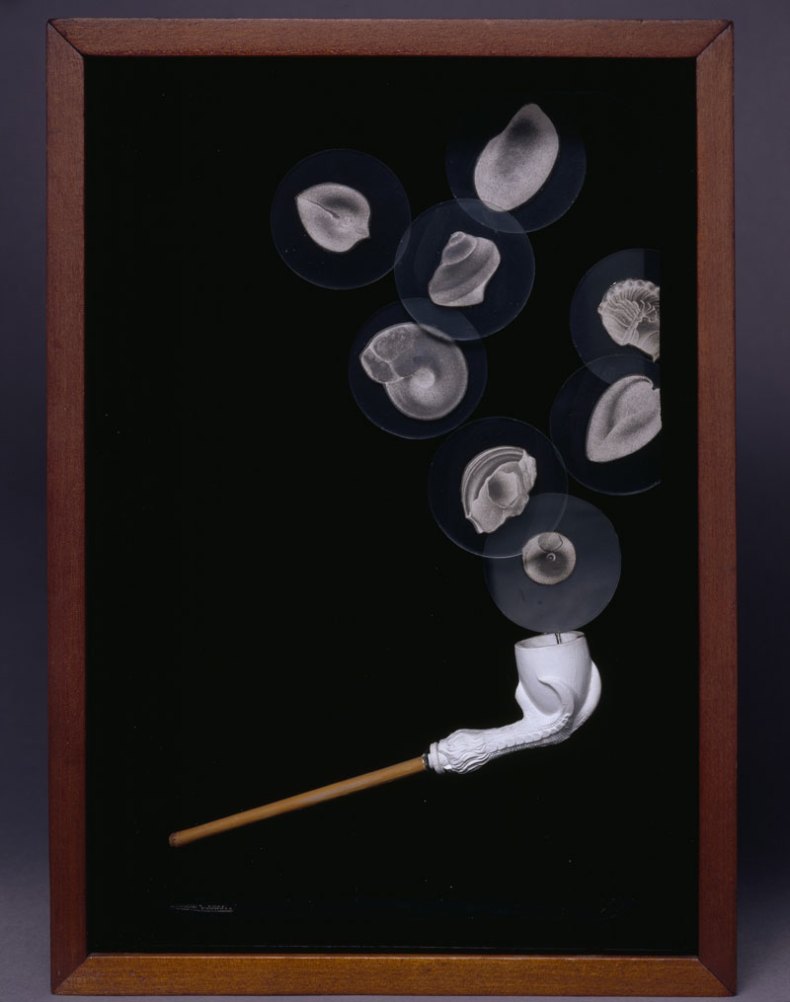
Ojbect (Soap Bubble Set) (1941), Joseph Cornell © The Joseph and Robert Cornell Memorial Foundation/VAGA, NY/DACS, London 2015. Photo: Quicksilver Photographers, LLC

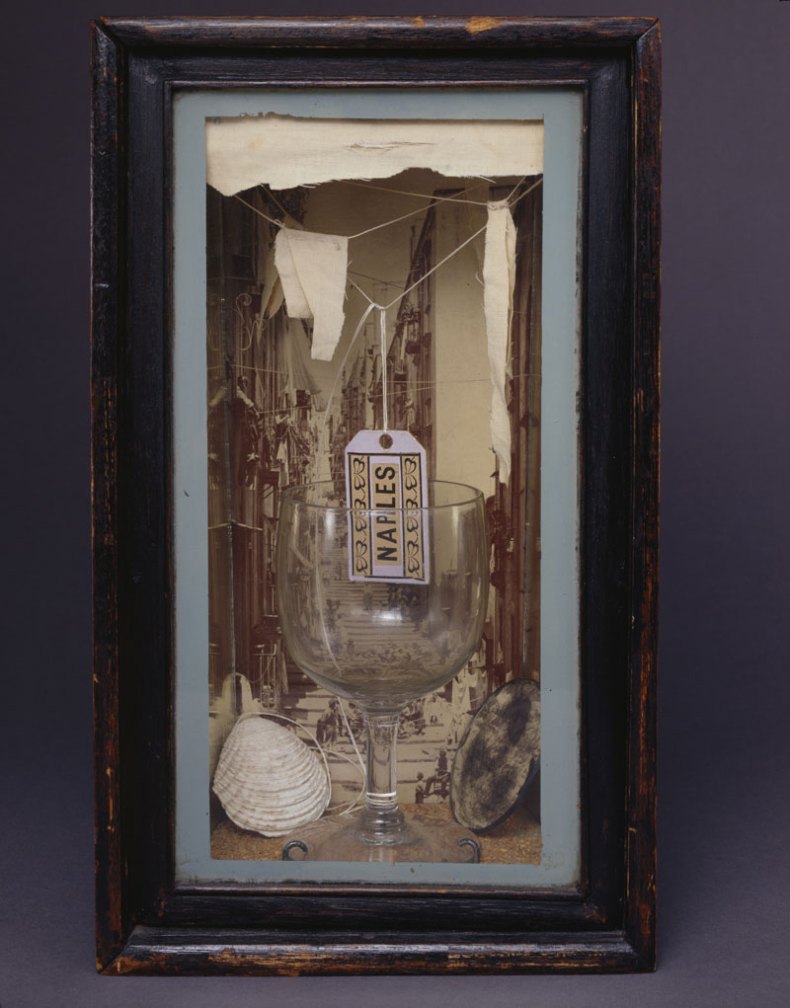









![Masterpiece [Re]discovery 2022. Photo: Ben Fisher Photography, courtesy of Masterpiece London](http://www.apollo-magazine.com/wp-content/uploads/2022/07/MPL2022_4263.jpg)
Suzanne Valadon’s shifting gaze